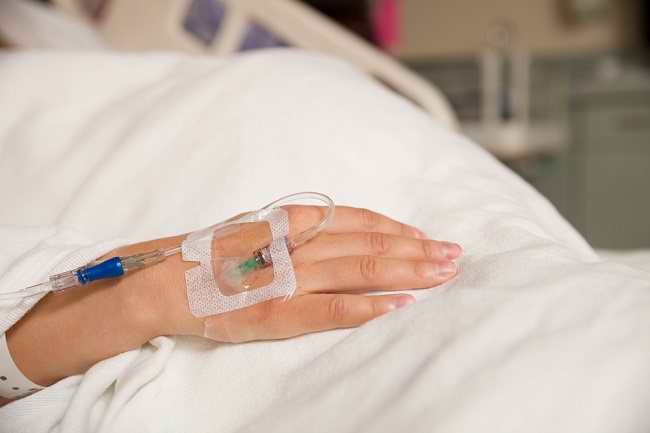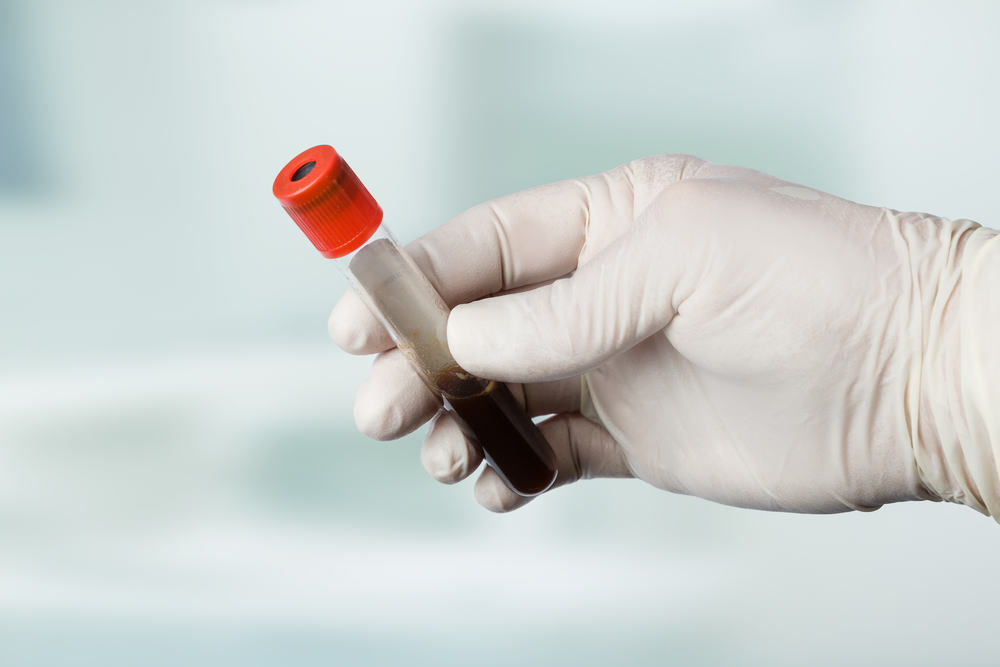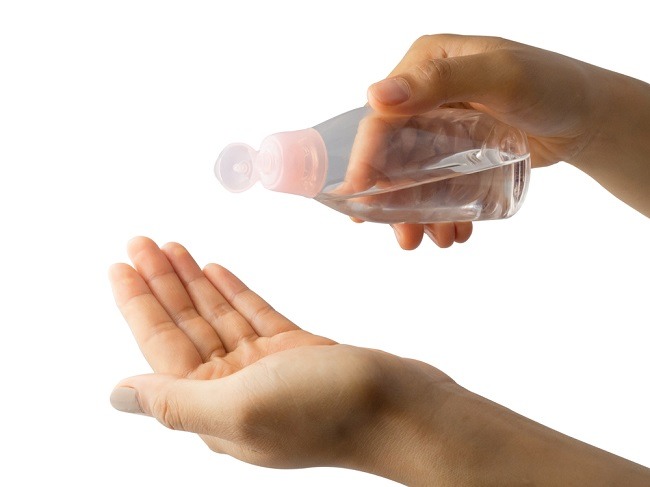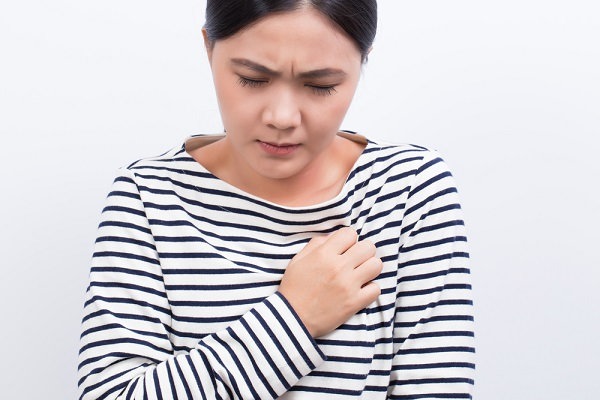Have you ever had a headache after exercise? If you have, you don't need to worry too much, because headaches after exercise are common. Come on, identify the causes and how to prevent headaches after exercise here!
Headaches after exercise can be experienced by anyone for various reasons. This condition is usually characterized by throbbing pain on both sides of the head. Headaches after exercise can go away within a few minutes, but can also last up to a few days.

Types and Causes of Headaches After Exercise
Headaches after or during exercise are divided into two types based on the cause, namely:
Primary headache
Primary headaches can occur when a person plays sports or does strenuous physical activity. This is presumably because during exercise, the muscles of the head, scalp, and neck require more blood supply.
This increased need makes the blood vessels in the head dilate, increasing pressure in the head and causing pain. Primary headaches are usually experienced by people who exercise at high intensity and have a history of migraines.
Secondary headache
Headaches during exercise can also occur due to other underlying health problems, not the exercise itself. Examples of diseases that can cause headaches are sinusitis, stroke, and tumors.
Secondary headaches are usually accompanied by other symptoms, such as vomiting, loss of consciousness, double vision, and stiff neck. If you feel a headache after exercise with these symptoms, immediately consult a doctor, because this condition requires treatment.
Reason Other Headaches After Exercise
In addition to the causes above, headaches after exercise can also be influenced by several other things, including:
1. Dehydration
Headaches during or after exercise can also occur due to dehydration. When you exercise, your body loses fluids through sweat. If you don't drink enough water before exercising, dehydration is very likely.
To prevent headaches after exercise due to dehydration, drink 1-3 glasses of water 1-2 hours before you exercise. You can also bring a water bottle with you during your workout to keep your body hydrated.
2. Too long in the sun
Too long exposure to the sun can also trigger headaches after exercise. To prevent this, you can use sunglasses or a hat to protect your face and eyes when exercising outdoors.
You can also bring a small spray bottle filled with cold water to spray your face when you feel hot while exercising.
3. Low blood sugar levels
Headaches after exercise can also be caused by low blood sugar levels. Low sugar levels or hypoglycemia can occur if you don't eat enough before exercise, so the body lacks glucose which acts as the main energy source.
To avoid this, try to eat 2 hours before exercising. Try to eat foods rich in protein, complex carbohydrates, and fiber to balance blood sugar levels. However, do not eat too much, because an overly full stomach can hinder sports performance.
4. Inappropriate exercise technique
Improper technique in exercising can also be a factor in your experiencing headaches after exercise. Incorrect movements can cause tension in the neck and shoulder muscles. This then triggers a headache.
Therefore, make sure you apply the right technique when exercising. If you are not sure about the proper exercise technique, consider practicing with a professional trainer who can help you improve your sports technique. That way, the risk of headaches will be reduced.
Now you know the difference between a post-exercise headache that may be harmful and one that isn't. So after this, you don't have to worry too much. If all you feel is a headache, chances are it's harmless.
Even so, you need to avoid post-workout headaches for your convenience. Don't let a headache after exercise make you reluctant to exercise, okay?
To prevent this complaint, try not to do strenuous exercise. In addition, make sure you avoid factors that can trigger headaches as described earlier.
If at any time you feel an unbearable headache after exercising, accompanied by double vision, loss of balance, difficulty speaking, to numbness on one side of the body, immediately seek help and contact the nearest doctor.









